No matter if you have bowhunted for one season or twenty, it seems that every archer can remember their first bowhunt with vivid clarity. Whether or not a tag was filled during this outing had little bearing on how the day was perceived, as it is quite difficult to label the jumping-off point of a bowhunter’s career as anything but a tremendous success.
While a hunter further refines his or her unique approach with every successive hunt, there is certainly much to be said for these early days spent as a fledgling bowhunter. Learning took place at a rapid pace, as we soaked up every lesson learned, and we reveled in the sights and sounds that surrounded us. With every sunrise, our anticipation grew to a feverish pitch, as we eagerly greeted the next adventure that awaited.
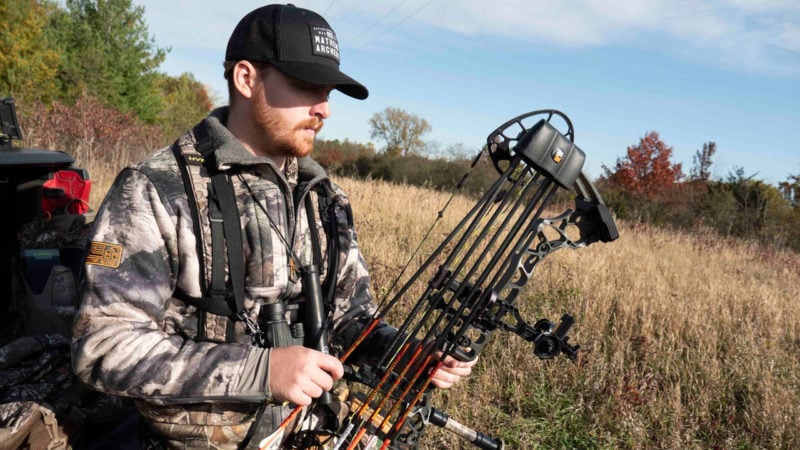
A Learning Experience Is In-Store
Just as Rome was not built in a day, becoming a proficient bowhunter is not instantaneous on any level. Bowhunting is best looked at as a journey filled with ups and downs, triumphs, and shortcomings. From every scenario that does not pan out as one would hope, a lesson is learned, and efficiency is gained.
Your first bowhunt will undoubtedly be filled with missteps, which you will one day look back upon and laugh. In these early days, you will likely miss shots, get busted when drawing, and box yourself into unproductive setups far more than most would willingly admit. However, this is all part of the previously mentioned journey, and even experienced bowhunters are not immune to these missteps.
A bowhunter’s education never ends. If your hunt does not go as intended, make necessary adjustments in your strategy, and grow from the experience.
Forgetfulness Strikes At The Worst Times
One universal truth related to bowhunting, or any form of hunting for that matter, is that forgetfulness seems to strike the hardest just prior to departing for a hunt. At some point, you will forget a particular piece of vital gear at home, or in your vehicle. This is especially common when new to bowhunting, as a pre-hunt gear gathering ritual of sorts, has not yet been established.
Much of this forgetfulness can be remedied with the use of a simple pre-hunt checklist. This checklist does not necessarily need to be elaborate, and can be kept in the glove box of your vehicle, allowing you to quickly assess your readiness to hit the woods. The use of such a checklist will inevitably save you from harnessing into your tree, only to realize that your release is still sitting in your bow case.
Do not let forgetfulness cost you a chance at filling your tag. A failure to pack the bare essentials of a hunt can quickly put a damper on your morning.
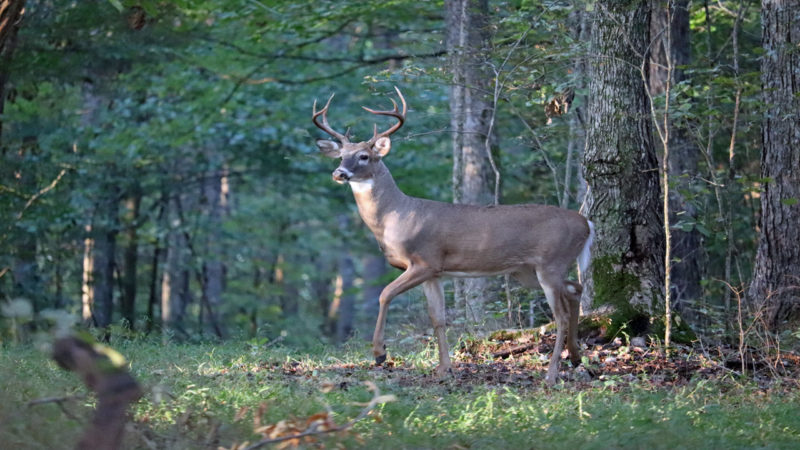
Buck Fever Is Real
While hours of preseason backyard practice is wonderful for improving your form and developing muscle memory, nothing can truly prepare you for the moment of truth, as you come to full draw on your first whitetail. Your heart rate rapidly increases, your palms begin to sweat, and forming rational thought suddenly grows far more difficult than one would have ever thought possible. This is buck fever, and no hunter is immune.
As a deer steps into bow range, and you begin to initiate the shot process, a flood of adrenaline surges through your body. This is never truer than when brand new to bowhunting, with some being better able to cope with this adrenaline rush than others. At this moment, it is of dire importance to keep a level head, choose your shot wisely, and maintain proper shooting form to the absolute best of your ability.
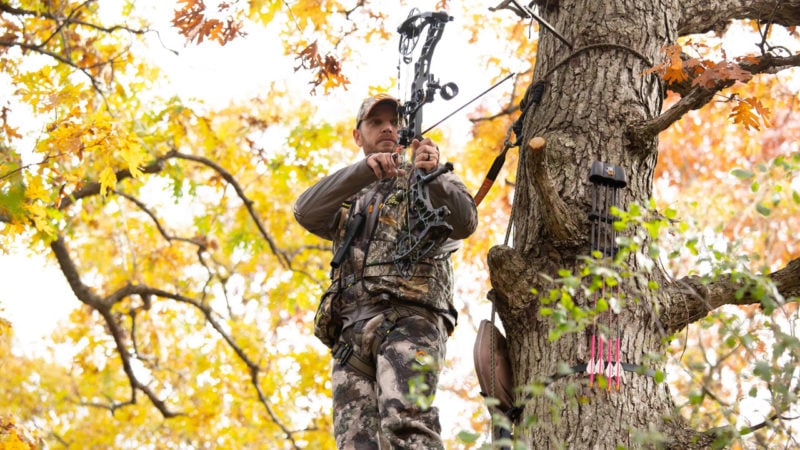
Taking Precautions Can Help
Bowhunting is an endeavor that does not come without significant challenges. Whitetail deer are wary, and quick to flee at the first sign of danger, presenting difficulty for hunters who draw unwanted attention. However, there are a few precautions that even the newest of bowhunters can take, to somewhat level the playing field.
A deer’s number one line of defense is its nose, and a whiff of human odor can send them scattering to parts unknown. By making every attempt to minimize the presence of human odor, your first bowhunt has a far greater chance of ending in success. The use of scent eliminating body wash, laundry detergent, and spray all play a significant role in this process, as does watching the wind. Additional precautions worth taking on any hunt include being mindful of entry and exit routes to the stand, keeping noise to a minimum, and keeping all possible movement concealed.
Remaining Observant Is Key
One of the quickest ways to grow as a hunter, is to be a student of the game which you hunt. This is especially true when bowhunting, as shots typically come at close range, and a keen understanding of how best to handle given situations while afield is a must. By watching from the stand or blind, as deer interact with their surroundings, you gain first-hand insight into deer behavior. When new to bowhunting most develop a fascination with studying such behavior, and in turn, become more capable in their pursuits.
You will find that remaining observant while in the stand will quickly clue you in on such details as, when best to draw your bow, how to recognize when an opportunity is about to present itself, and when deer are on edge. With time, you will begin to shape your hunting strategy around what you have learned, making you more efficient with every season. This is a process that starts from the very moment your bowhunting career begins.
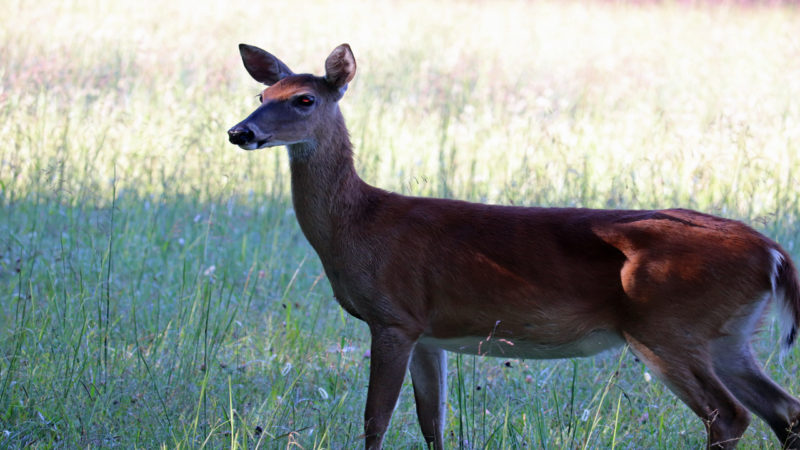
Joining The Ranks
Whether or not your first bowhunt ends in a successful harvest is of little importance. What is important is that you have joined the ranks of countless fellow bowhunters from across the world, who love nothing more than to go afield with a bow in hand.
As your experience as a bowhunter grows, so will your passion for this style of hunting. This very passion is what will inevitably inspire the generations of outdoorsmen and women to come, and will keep the tradition of bowhunting alive well into the future.

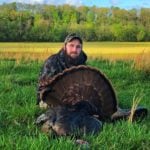 By
By 



